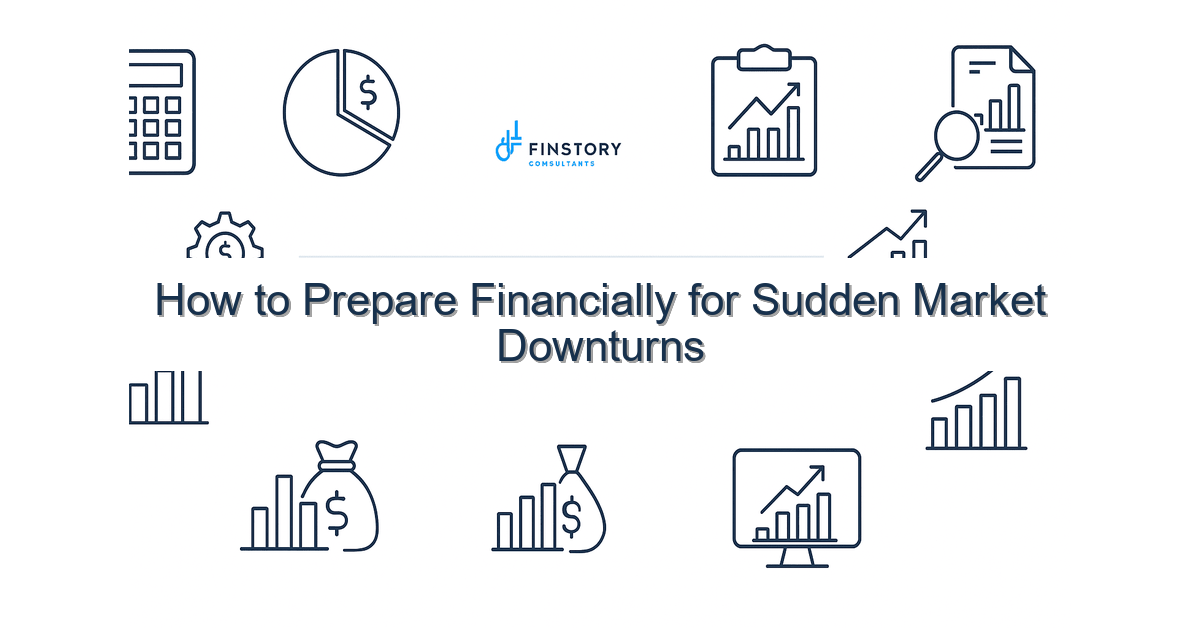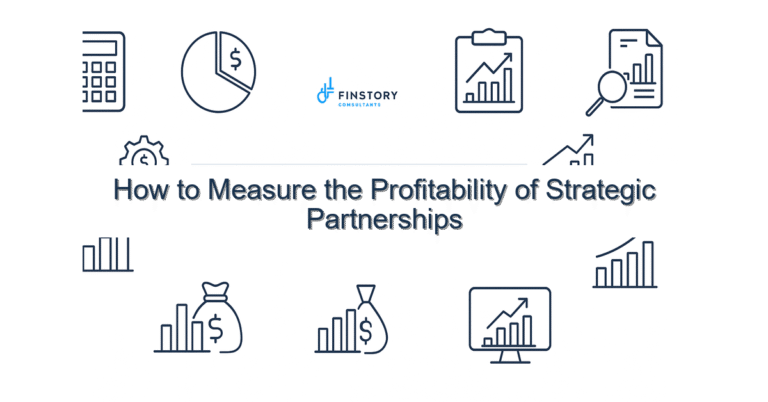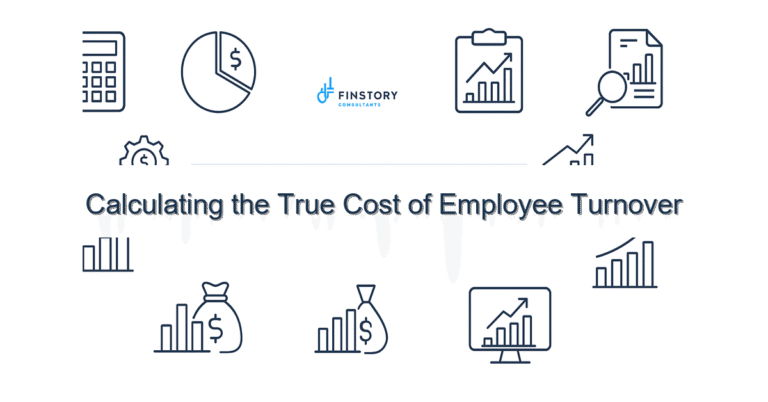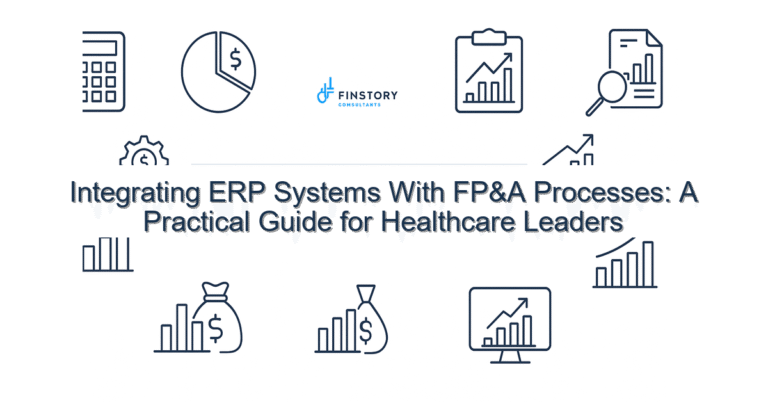How to Prepare Financially for Sudden Market Downturns
Markets move fast. One week you’re forecasting growth, the next you’re recalibrating to protect cash, preserve services, and keep staff steady. If that feels familiar, you’re not alone—and you deserve a straightforward plan that actually works in a crisis.
Summary: Build a repeatable program to prepare financially for market downturns that centers on cash visibility, scenario-ready forecasts, rapid cost levers, and clear leadership reporting—so you can act within days, not weeks, and protect patient care and margins.
What’s the real problem?
The core issue isn’t market volatility itself. It’s being caught without the right numbers, decisions, and governance when volatility arrives. Healthcare finance teams often lack the tools and cadence to translate a market shock into clear operational choices.
- Symptoms: cash surprises—unexpected draws on working capital that force last-minute borrowing.
- Symptoms: slow forecasts—monthly models that can’t be re-run in hours for new scenarios.
- Symptoms: unclear decision rights—leaders argue over cuts because there’s no agreed playbook.
- Symptoms: reporting noise—different numbers across departments that erode trust.
What leaders get wrong
Leaders often respond from instinct instead of design. Common mistakes include:
- Waiting for the next board meeting to act—when timelines need hours or days.
- Relying on static budgets and annual plans that don’t handle sudden revenue shocks.
- Over-centralizing decisions and creating slow approval loops that delay necessary cuts.
- Treating scenario planning as an academic exercise rather than making it operational and repeatable.
A better approach: how to prepare financially for sudden market downturns
Shift from reactive to pre-built readiness. Make contingency planning part of routine finance operations so you can move quickly and confidently when markets wobble.
Core framework (3–5 steps):
- 1) Baseline cash and liquidity: maintain a rolling 90-day cash forecast updated weekly—granular by entity and major program.
- 2) Scenario library: pre-build three scenarios (mild, moderate, severe) that map revenue, volumes, and reimbursement shifts to P&L and cash.
- 3) Rapid cost levers: define and rank actions (hiring freeze, temporary FTE redeployment, non-essential capex hold, supplier renegotiations) with savings estimates and implementation timelines.
- 4) Decision cadences and ownership: specify who approves each lever and the data pack required in 24 hours.
- 5) Communicate and train: tabletop exercises twice a year so leaders know the playbook.
Short story: A regional health system we worked with maintained a weekly cash forecast and a scenario library. When elective volumes fell 18% over two weeks, they executed a pre-authorized hiring freeze and prioritized outpatient capacity shifts within 72 hours—avoiding a $12M borrowing need and keeping community clinics open. That speed came from preparation, not luck.
Quick implementation checklist
- Run a 90-day cash forecast and update it weekly.
- Create three named scenarios (base, downside, severe) with clear assumptions.
- List 8–10 cost levers with estimated savings and time-to-impact.
- Assign decision owners and pre-authorized approval thresholds.
- Set up one-page emergency dashboards for leadership (cash, AR days, major payors).
- Automate data pulls from billing and payroll to reduce rework.
- Schedule a tabletop drill this quarter and document lessons learned.
- Review and tighten vendor payment terms; ask for a staged payment plan for big invoices.
What success looks like
Outcomes are measurable. Aim for:
- Cash forecast accuracy within ±7% over a 90-day horizon.
- Forecast re-run cycle time reduced from days to under 4 hours.
- Decision implementation time cut to 72 hours for top-priority levers.
- Reduction in emergency borrowing needs by 50% year-over-year.
- Leadership reporting cycle reduced to a one-page daily brief for execs.
Risks & how to manage them
Three top risks when preparing financially for market downturns—and practical mitigations:
- Risk: Overreacting and cutting too deep. Mitigation: Tiered cuts with quick reversal clauses and impact reviews after 30 days.
- Risk: Data gaps causing wrong decisions. Mitigation: Automate key inputs—billing, payroll, supply spend—and validate with a weekly KPI reconciliation.
- Risk: Leader fatigue and resistance. Mitigation: Keep the playbook simple, assign clear owners, and run short simulations to build muscle memory.
Tools & data
The right tools make this repeatable. Combine finance automation with flexible visualization and disciplined reporting.
- Finance automation: scheduled data ingestion from ERP, billing, and payroll to reduce manual consolidation.
- Power BI (or equivalent): one-page operational dashboards with drill-throughs for controllers and department heads.
- Leadership reporting: a daily or twice-weekly executive brief that shows cash runway, AR/DPO movements, and top 5 action items.
For teams already using rolling forecasting or rolling forecasting, this is an extension—add scenario templates and tighten the cadence. If automation is missing, explore Finstory finance automation options to streamline feeds and reduce rework. For a deeper dive on cash techniques, see our cash flow forecasting guide.
FAQs
Q: How often should we update forecasts during a downturn?
A: Move to weekly updates for 90-day cash and daily monitoring of top cash drivers if the situation is rapidly evolving.
Q: Which cost levers should we prioritize?
A: Prioritize actions with the fastest time-to-impact and lowest risk to patient services—hiring freeze, elective schedule adjustments, and temporary vendor deferrals.
Q: Can smaller systems implement this without a big IT project?
A: Yes. Start with a focused 90-day cash model in Excel or Google Sheets, automate critical feeds first, and add visualization as you go.
Q: How do we keep leaders from panicking?
A: Give leaders a simple, pre-agreed playbook and concise, trusted numbers. Regular tabletop rehearsals build confidence so decisions feel controlled, not chaotic.
Next steps
If you want to prepare financially for sudden market downturns, start with a short diagnostic: 90-day cash accuracy, scenario templates, and one-page leadership dashboards. We can help you stand those up quickly and train your team so you’re ready before the next shock.
Contact Finstory today to run a rapid readiness assessment and build the playbook your executive team can use when markets shift.
Work with Finstory. If you want this done right—tailored to your operations—we’ll map the process, stand up the dashboards, and train your team. Let’s talk about your goals.
📞 Ready to take the next step?
Book a 20-min call with our experts and see how we can help your team move faster.
Prefer email or phone? Write to info@finstory.net
or call +91 44-45811170.






